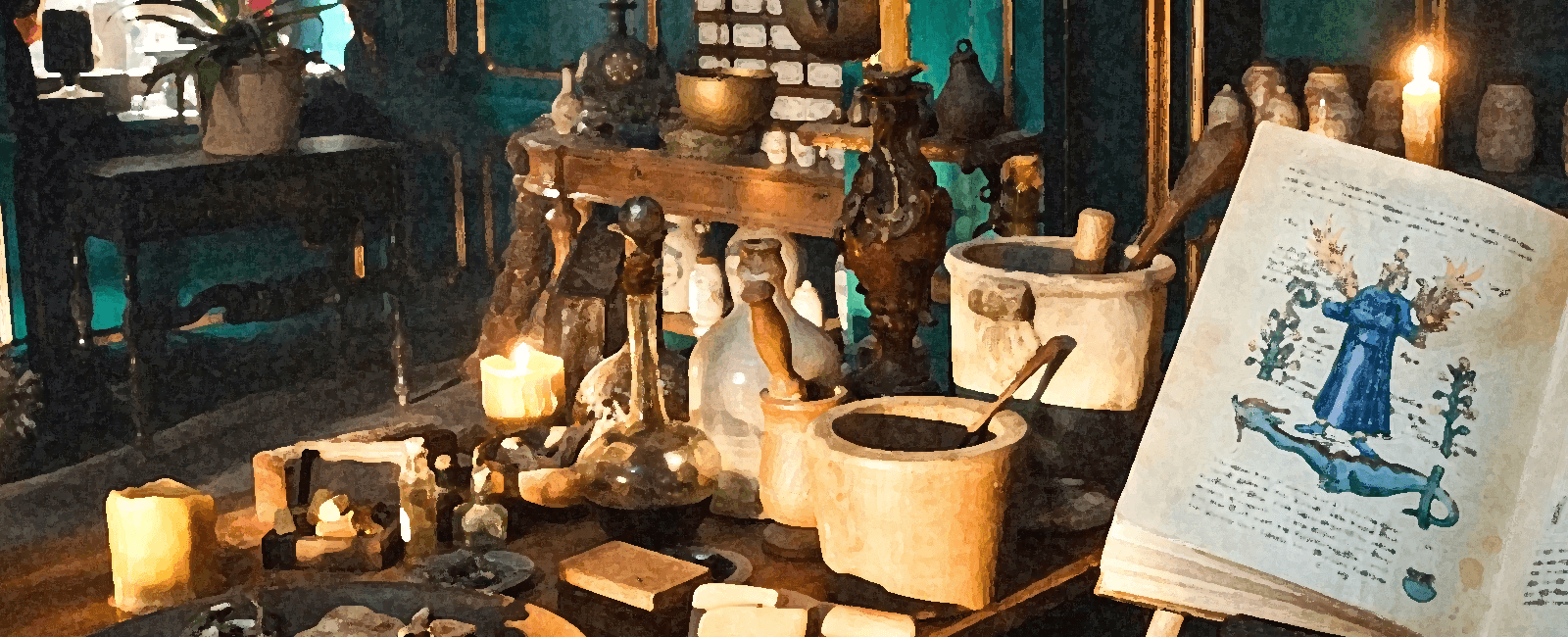Tanukian Wood
Tanukian Wood is a processed crafting material made from Bluewood Cedar. The wood is used both in carpentering for its unique colors and as a strong alchemical reagent.
Properties
Physical & Chemical Properties
Tanukian wood can either be an exceptional insulator or a very poor one, a trait affected by its processing method; regardless of how it is processed, Tanukian wood is exceptionally resistant to fire. This resistance to fire and its insulation capabilities make it ideal for certain blacksmithing tools; a smith's Tanukian wood tongs serves as a status symbol, akin to a prestigious chef's knife; thistle-peen hammers are a unique type of peening hammers mostly used for delicate ornamental pieces.
Tanukian wood of subpar quality, though uncommon, can be identified by a light stinging sensation when touched and the notable loss of one's sense of smell in its vicinity. This olfactory malfunction is caused by harmless airborne droplets secreted by the wood, though the method by this happens is unknown.
Decomposition of Tanukian wood is presumed to be over five centuries; this, in addition to its remarkable density, weight, and inflammability, make it a preferred choice for high-end furniture and vanity items; one notable example is Tanukian swords, which are identical in function and performance to regular swords, but can be almost thirty times as expensive.
Compounds
Unprocessed wood can be left to rot, a process during which it will secrete a potent liquid substance called Cedri Lacrimus, or Lacedri, which serves as a key ingredient in a large variety of cleaning agents, one of which is all but required for proper maintenance of sewage systems.
As in any other treatment of c.cedri, this process has to be monitored and may yield varying results; C.cedri that rots in a humid environment only secretes a seemingly inert liquid that can be used as a chemical soldering agent after being hit by electricity, turning it active; If left to rot in a dry environment, the secreted lacedri will increase in its potency with the decrease in humidity.
History & Usage
Refinement
Tanukian wood is refined from Bluewood Cedars (Cyanolignum Cedri), also known as Blightwood. The carving of the inner layers requires depriving them of air, which is usually accomplished by open flames; the wood is then immediately immersed in a basic solution which has to be mantained at a constant 13.5 pH for a long period of time, after which it is safe for processing and deemed inert.
Though the procedure above is not strictly required, it prevents a possible spontaneous process, which eventually produces a mist of microscopic droplets that are highly flammable and extremly toxic to most Animals.



Comments